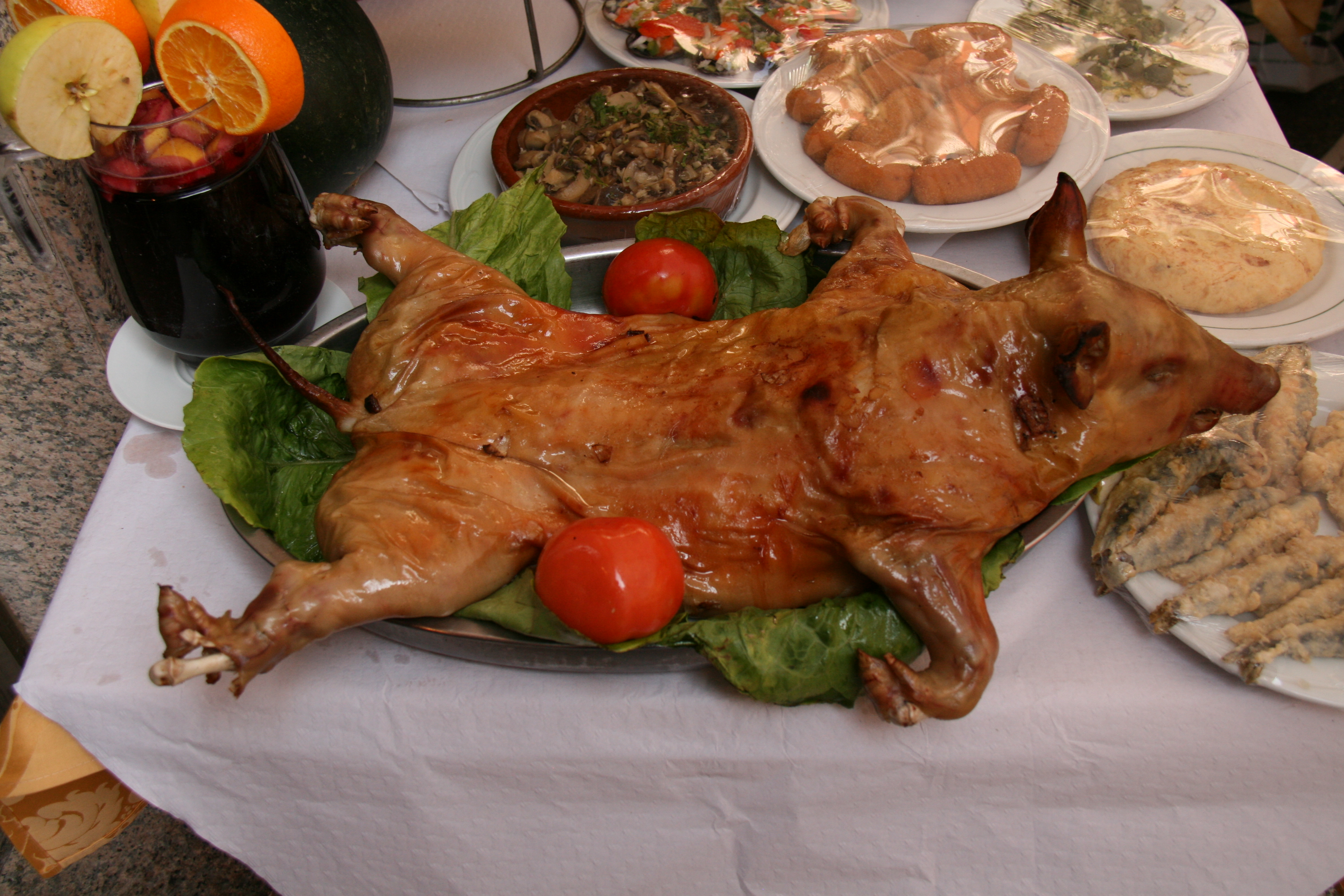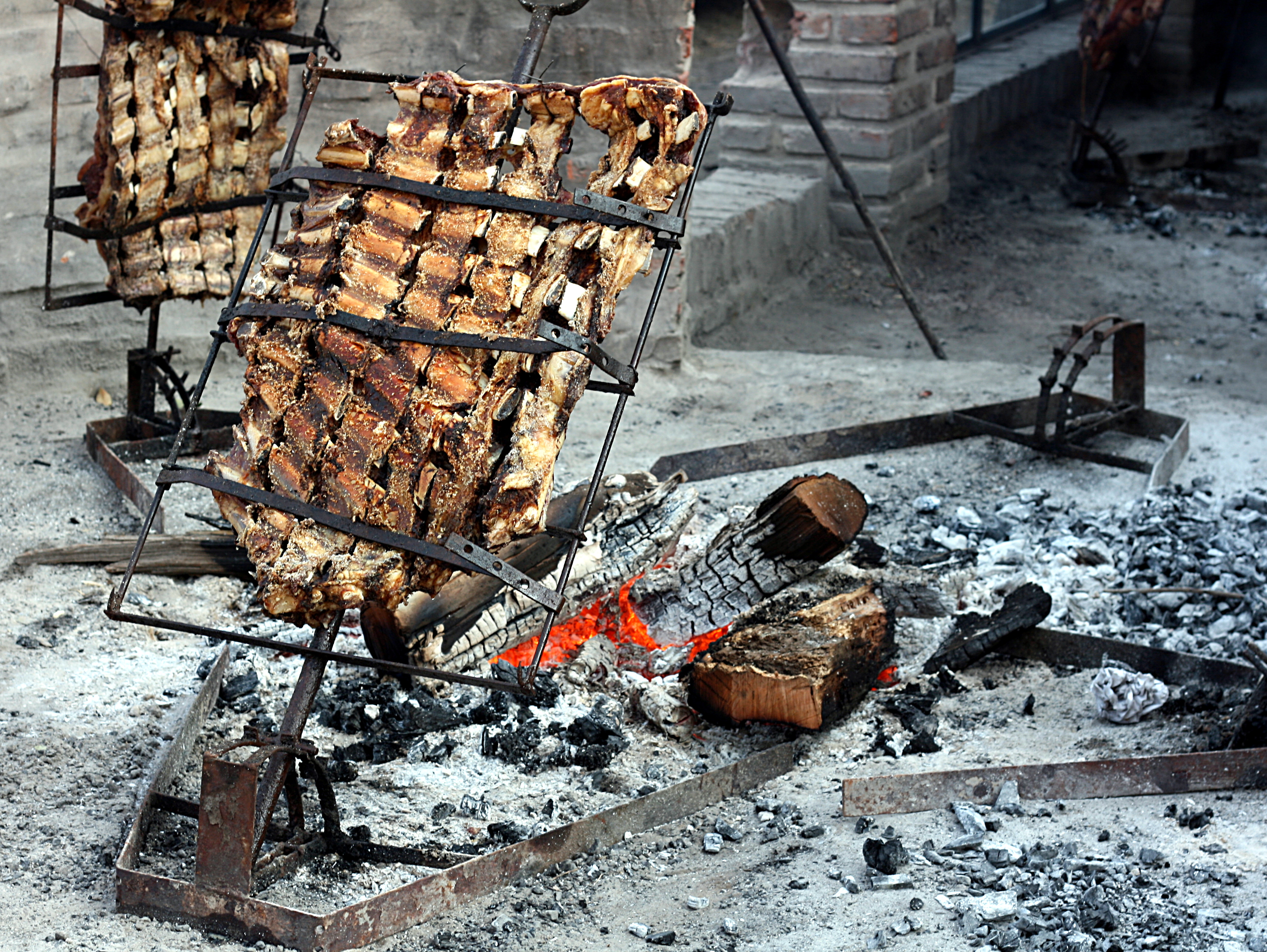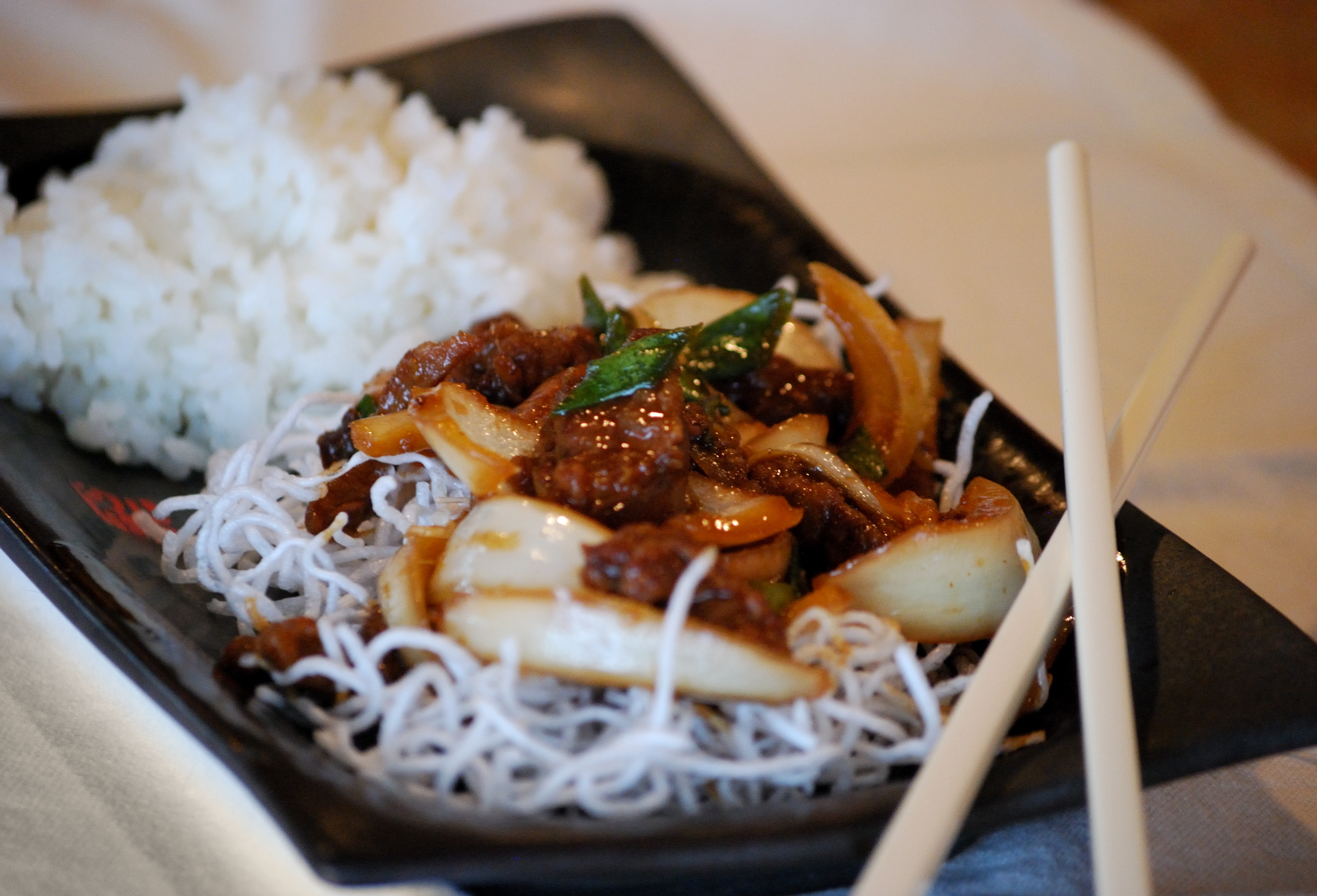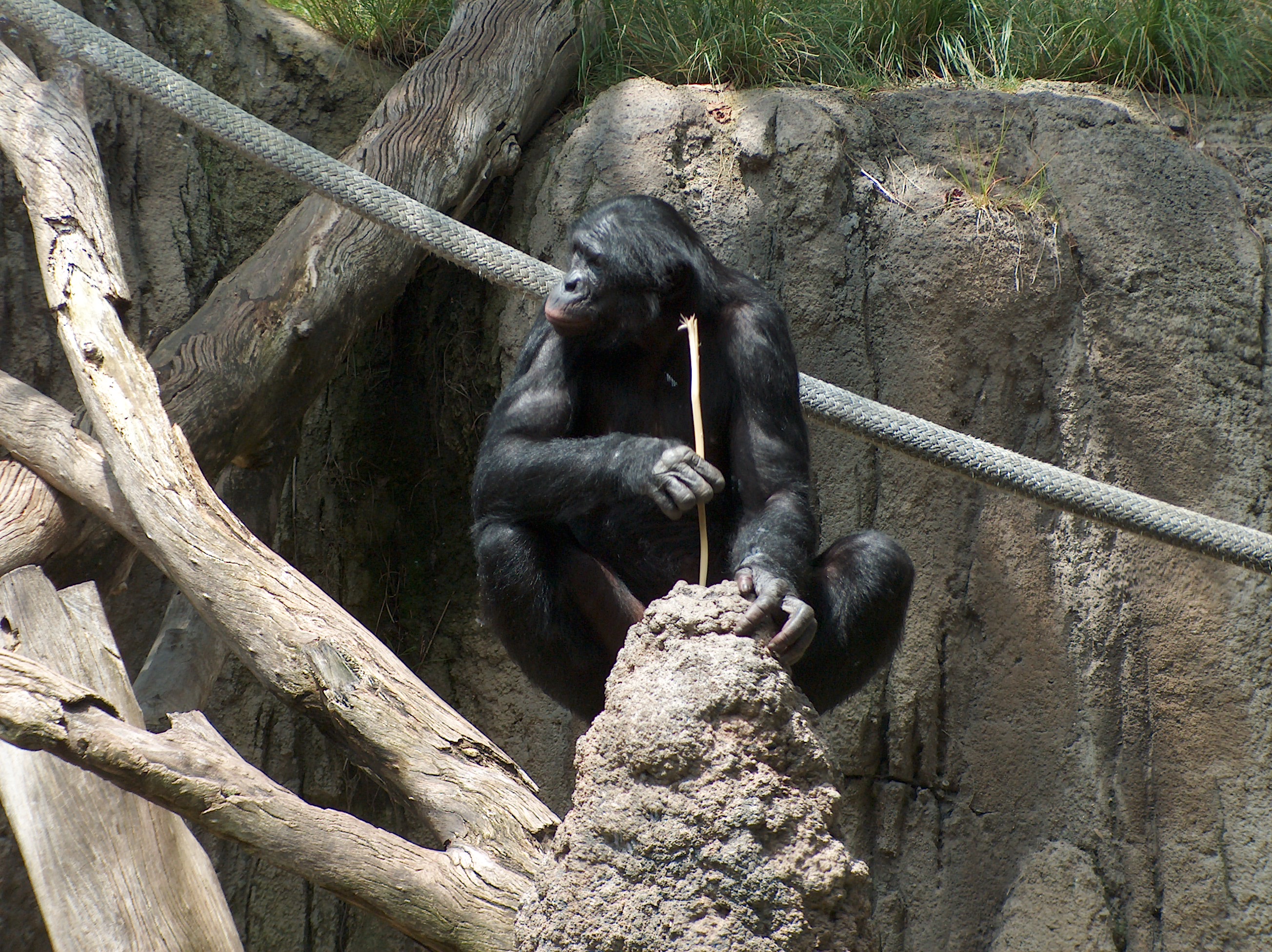|
Lechazo
Lechazo is a Spanish dish made from "cordero lechal". Overview The meat used is from unweaned lambs, and is similar to veal, or the meat of "cochinillo" (Spanish suckling pigs like tostón asado). The autonomous region of Castile and León has a distinctive version of lechazo referred to as " Lechazo de Castilla y Leon". It is one of the most important dishes of the cuisine of the province of Burgos. Aranda de Duero is known as the heart of the dish, with numerous restaurants that specialize in lechazo and feature "hornos de leña", or wooden stoves, in which the lamb is roasted. The lamb used in lechal must derive all its nutrition from its mother's milk, and must be no more than 35 days old and weigh between 9 and 12 kilograms at the time of slaughter. See also * * List of lamb dishes * Spanish cuisine * Castilian-Leonese cuisine * Cuisine of the province of Valladolid The gastronomy of the province of Valladolid comprises the meals, their preparation, and th ... [...More Info...] [...Related Items...] OR: [Wikipedia] [Google] [Baidu] |
Lechazo De Castilla Y Leon
Lechazo is a Spanish dish made from "cordero lechal". Overview The meat used is from unweaned lambs, and is similar to veal, or the meat of "cochinillo" (Spanish suckling pigs like tostón asado). The autonomous region of Castile and León has a distinctive version of lechazo referred to as " Lechazo de Castilla y Leon". It is one of the most important dishes of the cuisine of the province of Burgos. Aranda de Duero is known as the heart of the dish, with numerous restaurants that specialize in lechazo and feature "hornos de leña", or wooden stoves, in which the lamb is roasted. The lamb used in lechal must derive all its nutrition from its mother's milk, and must be no more than 35 days old and weigh between 9 and 12 kilograms at the time of slaughter. See also * * List of lamb dishes * Spanish cuisine * Castilian-Leonese cuisine * Cuisine of the province of Valladolid The gastronomy of the province of Valladolid comprises the meals, their preparation, and the culi ... [...More Info...] [...Related Items...] OR: [Wikipedia] [Google] [Baidu] |
Cuisine Of The Province Of Valladolid
The gastronomy of the province of Valladolid comprises the meals, their preparation, and the culinary habits of the province of Valladolid (Castile and León, Spain). It is based on barbecued and roasting, roast food, especially roasted Spanish cuisine, complemented by wines. Ingredients Cereals A large amount and variety of cereals (wheat, maize, barley, rye) are grown locally and supply the preparers of distinctive local breads. Vegetables Distinctive vegetable dishes of Valladolid cuisine include ''sopa de chícharos'' (or ''guisantes''), a pea soup with spearmint added in for flavoring (in Spanish, pea is ''guisante'' or ''chícharo''); ''coliflor al ajoarriero'' (cauliflower in garlic); legumes in dishes such as ''alubias con patuño de cerdo'' (beans with pork leg); with cereals the ''Pan dulce, pans'' and derivatives such as ''sopa de ajo'' (garlic soup) and the ''sopa de bestia cansada'' (soup of tired beast) of Medina del Campo. It is an area known for ''ajoarr ... [...More Info...] [...Related Items...] OR: [Wikipedia] [Google] [Baidu] |
Lamb And Mutton
Lamb and mutton, collectively sheep meat (or sheepmeat) is one of the most common meats around the world, taken from the domestic sheep, ''Ovis aries'', and generally divided into lamb, from sheep in their first year, hogget, from sheep in their second, and mutton, from older sheep. Generally, "hogget" and "sheep meat" aren't used by consumers outside Norway, New Zealand, South Africa, Scotland, and Australia. Hogget has become more common in England, particularly in the North (Lancashire and Yorkshire) often in association with rare breed and organic farming. In South Asian and Caribbean cuisine, "mutton" often means goat meat.''Oxford English Dictionary'', 3rd edition, June 2003Italian, make similar or even more detailed distinctions among sheep meats by age and sometimes by sex and diet—for example, ''lechazo'' in Spanish refers to meat from milk-fed (unweaned) lambs. Classifications and nomenclature The definitions for lamb, hogget and mutton vary considerably between ... [...More Info...] [...Related Items...] OR: [Wikipedia] [Google] [Baidu] |
List Of Lamb Dishes
This is a list of the popular lamb and mutton dishes and foods worldwide. Lamb and mutton are terms for the meat of domestic sheep (species ''Ovis aries'') at different ages. A sheep in its first year is called a lamb, and its meat is also called lamb. The meat of a juvenile sheep older than one year is hogget; outside North America this is also a term for the living animal. The meat of an adult sheep is mutton, a term only used for the meat, not the living animal. Meat from sheep features prominently in several cuisines of the Mediterranean cuisine, Mediterranean. Lamb and mutton are very popular in Central Asian Cuisine, Central Asia and in Indian cuisine, India, where other red meats may be eschewed for religious or economic reasons. It is also very popular in Cuisine of Australia, Australia. Barbecued mutton is also a specialty in some areas of the United States of America, United States (chiefly Owensboro, Kentucky) and Canada. Lamb dishes * Abbacchio – Italy * ... [...More Info...] [...Related Items...] OR: [Wikipedia] [Google] [Baidu] |
Castile And León
Castile and León is an Autonomous communities of Spain, autonomous community in northwestern Spain. Castile and León is the largest autonomous community in Spain by area, covering 94,222 km2. It is, however, sparsely populated, with a population density below 30/km2. While Capital of Castile and León, a capital has not been explicitly declared, the seats of the executive and legislative powers are set in Valladolid by law, and for all purposes that city (also the most populated municipality) serves as the ''de facto'' regional capital. Castile and León is a landlocked region, bordered by Portugal as well as by the Spanish autonomous communities of Galicia (Spain), Galicia, Asturias, Cantabria, the Basque Autonomous Community, Basque Country, La Rioja (Spain), La Rioja, Aragon, Castilla–La Mancha, the Community of Madrid and Extremadura. Chiefly comprising the northern half of the Meseta Central, Inner Plateau, it is surrounded by mountain barriers (the Cantabrian Mount ... [...More Info...] [...Related Items...] OR: [Wikipedia] [Google] [Baidu] |
Suckling Pig
A suckling pig is a Piglet (animal), piglet fed on its pig milk, mother's milk (i.e., a piglet which is still a "suckling"). In culinary contexts, a suckling pig is Animal slaughter, slaughtered between the ages of two and six weeks. It is traditionally cooked whole, often Roasting, roasted, in various cuisines. It is usually prepared for special occasions and gatherings. The most popular preparation can be found in Spain and Portugal under the name ''lechón'' (Spanish) or ''leitão'' (Portuguese). The meat from suckling pig is pale and tender and the cooked skin is crisp and can be used for pork rinds. The texture of the meat can be somewhat gelatinous due to the amount of collagen in a young pig. History Many ancient recipes for suckling pig survive from Ancient Roman cuisine, Roman and Chinese cuisine. Since the pig is one of the first List of domesticated animals, animals domesticated by human beings for slaughter, many references to pigs are found in human culture. The su ... [...More Info...] [...Related Items...] OR: [Wikipedia] [Google] [Baidu] |
Aranda De Duero
Aranda de Duero is a city and municipality, capital of the Ribera del Duero comarca, in the south of the province of Burgos, in Castile and León, Spain. It has a population of roughly 33,000 people and lies on the River Duero. Description The municipality of Aranda de Duero is made up of three towns: Aranda de Duero (seat or capital), La Aguilera and Sinovas. Aranda de Duero is the capital of the Ribera del Duero wine region. The town is unique for having wine cellars that interconnect below the streets of the town centre. Wine clubs (''peñas'') celebrate special events in these cellars. Location Aranda de Duero is at the junction of several transport routes across Spain. The N1 ''autovía'' (known as A-1) runs north / south by Aranda, along which visitors and import/export goods travel between Madrid and the south coast. Another important road running east to west connects Portugal with important cities on the way (e.g. Zamora, Valladolid, Soria) and the east coast. I ... [...More Info...] [...Related Items...] OR: [Wikipedia] [Google] [Baidu] |
Lechon
A suckling pig is a piglet fed on its mother's milk (i.e., a piglet which is still a " suckling"). In culinary contexts, a suckling pig is slaughtered between the ages of two and six weeks. It is traditionally cooked whole, often roasted, in various cuisines. It is usually prepared for special occasions and gatherings. The most popular preparation can be found in Spain and Portugal under the name ''lechón'' (Spanish) or ''leitão'' (Portuguese). The meat from suckling pig is pale and tender and the cooked skin is crisp and can be used for pork rinds. The texture of the meat can be somewhat gelatinous due to the amount of collagen in a young pig. History Many ancient recipes for suckling pig survive from Roman and Chinese cuisine. Since the pig is one of the first animals domesticated by human beings for slaughter, many references to pigs are found in human culture. The suckling pig, specifically, appears in early texts such as the sixth-century Salic law. As an example o ... [...More Info...] [...Related Items...] OR: [Wikipedia] [Google] [Baidu] |
Asado
' () is the technique and the social event of having or attending a barbecue in various South American countries: especially Argentina, Brazil (Rio Grande do Sul), Chile, Colombia, Paraguay, Peru, and Uruguay where it is also a traditional event. An ''asado'' usually consists of beef, pork, chicken, , and ; all of which are cooked using an open fire or a grill, called a ''parrilla''. Usually, red wine and side dishes such as salads accompany the main meats, which are prepared by a designated cook called the ''asador'' or ''parrillero''. Coal and fire Usually the ''asador'' begins by igniting the charcoal, which is often made of native trees, avoiding pines and eucalyptus as they have strong-smelling resins. In more sophisticated ''asados'' the charcoal is of a specific tree or made on the coal of recently burned wood, which is also commonplace when having an ''asado'' in a campfire. In Uruguay, charcoal is not used, but instead direct embers or hot coals. Cooking can be don ... [...More Info...] [...Related Items...] OR: [Wikipedia] [Google] [Baidu] |
Dish (food)
A dish in gastronomy is a specific food preparation, a "distinct article or variety of food", ready to eat or to be served. A dish may be served on tableware, or may be eaten in one's hands. Instructions for preparing a dish are called recipes. Some dishes, for example a hot dog with ketchup, rarely have their own recipes printed in cookbooks as they are made by simply combining two ready-to-eat foods. Naming Many dishes have specific names, such as Sauerbraten, while others have descriptive names, such as "broiled ribsteak". Many are named for particular places, sometimes because of a specific association with that place, such as Boston baked beans or '' bistecca alla fiorentina'', and sometimes not: poached eggs Florentine essentially means "poached eggs with spinach". Some are named for particular individuals: * To honor them: for example, Brillat-Savarin cheese, named for the 18th-century French gourmet and famed political figure Jean Anthelme Brillat-Savarin; * Af ... [...More Info...] [...Related Items...] OR: [Wikipedia] [Google] [Baidu] |
Nutrition
Nutrition is the biochemistry, biochemical and physiology, physiological process by which an organism uses food and water to support its life. The intake of these substances provides organisms with nutrients (divided into Macronutrient, macro- and Micronutrient, micro-) which can be Metabolism, metabolized to create Food energy, energy and chemical structures; too much or too little of an essential nutrient can cause malnutrition. Nutritional science, the study of nutrition as a hard science, typically emphasizes human nutrition. The type of organism determines what nutrients it needs and how it obtains them. Organisms obtain nutrients by consuming organic matter, consuming inorganic matter, absorbing light, or some combination of these. Some can produce nutrients internally by consuming basic elements, while some must consume other organisms to obtain pre-existing nutrients. All forms of life require carbon, Biological thermodynamics, energy, and water as well as various other ... [...More Info...] [...Related Items...] OR: [Wikipedia] [Google] [Baidu] |








